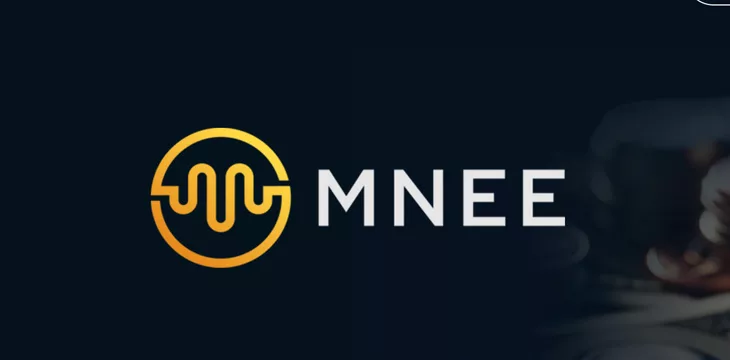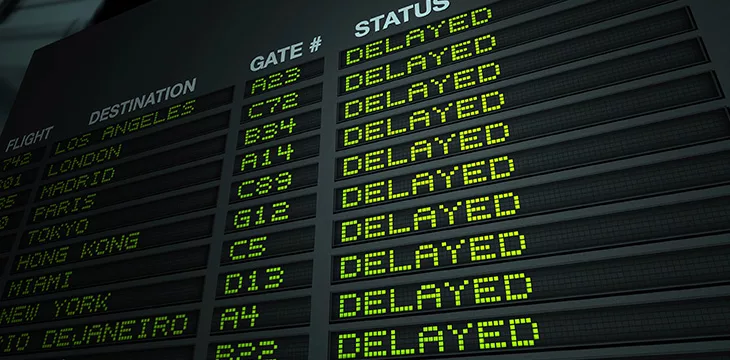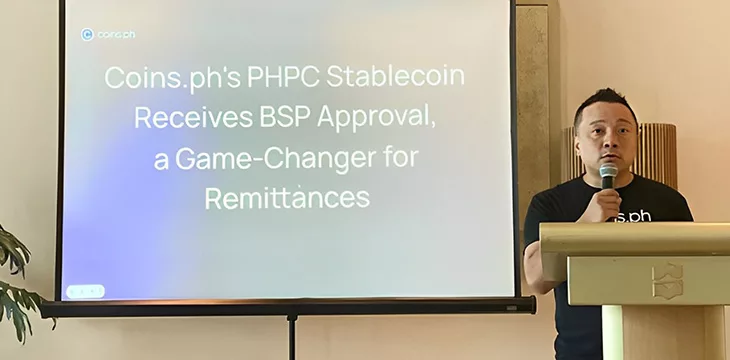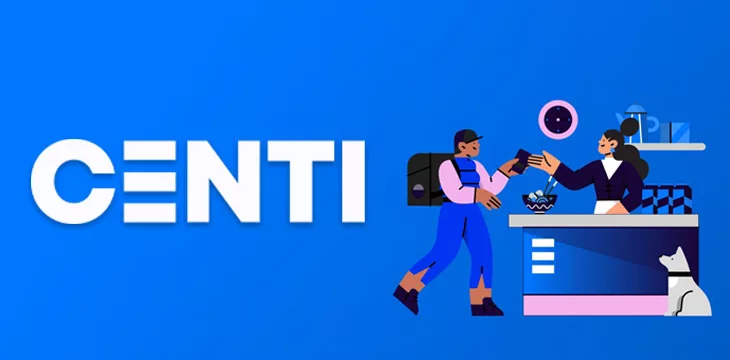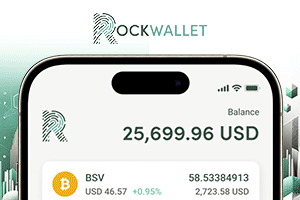
Stablecoins
USD stablecoin MNEE backed by real reserves and the power of BSV blockchain
Stablecoin users can now be confident that their tokens are backed by real reserves with the launch of MNEE, which...
New digital asset banking rules for G10 countries delayed until 2026
Amendments to the BCBS rules are expected to be introduced later this year, but it is not immediately clear whether...
Tether still can’t dodge crime links while rival Circle builds US support
The Public Security Bureau in Chengdu, China, recently announced the disruption of a “huge underground bank” that used Tether’s USDT...
Philippines’ first retail peso-backed stablecoin to be available in June
Wei Zhou, CEO of Coins.ph, expressed the transformative potential of the PHPC, stating that it "will empower Filipinos to transact...
End the Tetheral Reserve?
If Tether collapses, majority of global liquidity will go with it, and so will a sizable chunk of value held...
Centi to enable payments for unbanked and micropayments at London Blockchain Conference 2024
As we lead up to the London Blockchain Conference 2024, Centi's Bernhard Müller is looking forward to demonstrating their latest...

 07-06-2025
07-06-2025 
